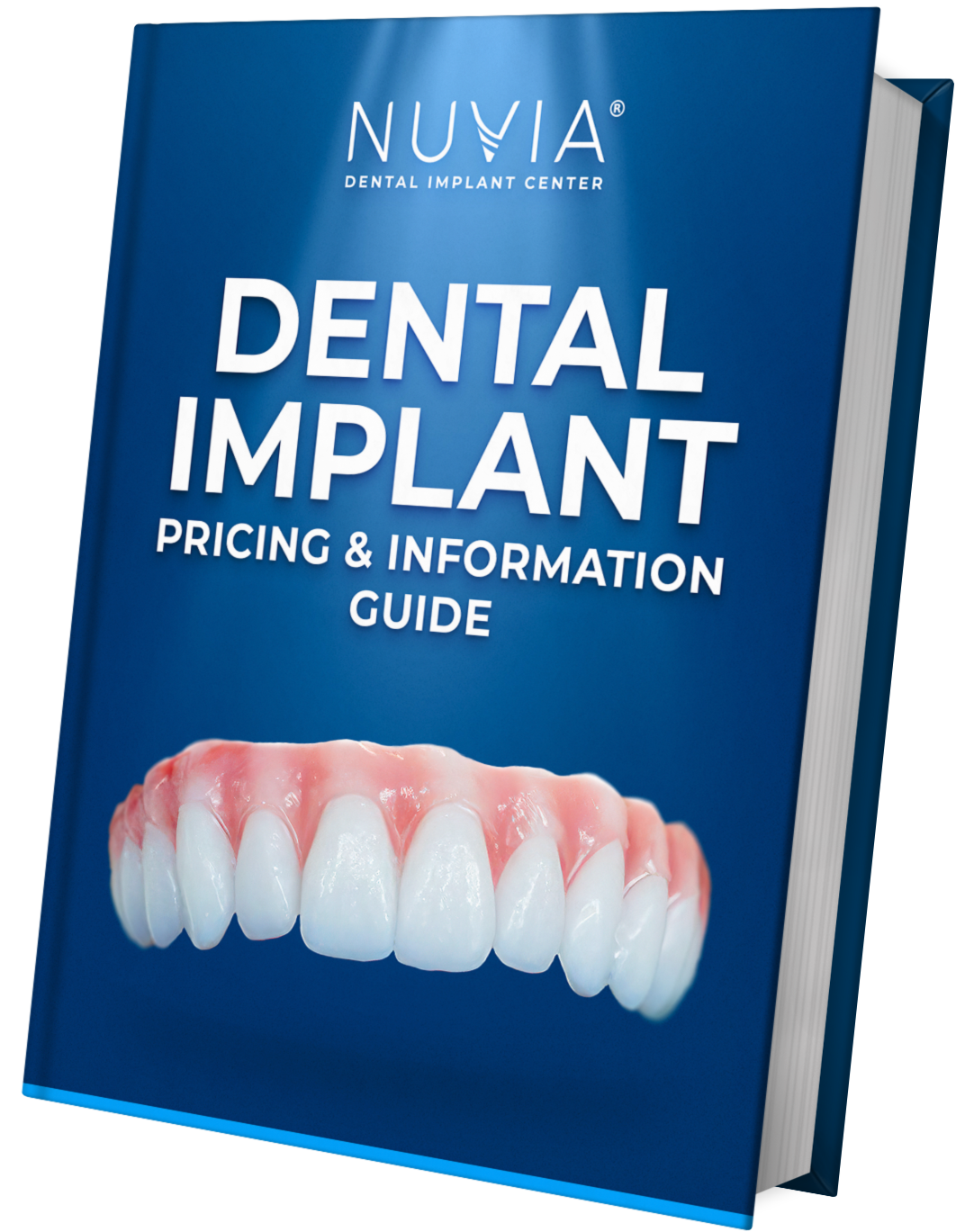
Getting Dentures With No Palate: How It Works

“Whatever is worth doing at all, is worth doing well.”
—Philip Stanhope, 4th Earl of Chesterfield
This quote, or a version of it, has been used by coaches, bosses, teachers, and parents to coerce their subjects into doing something that needs to be done.
A history assignment needs to be completed … “Be sure you do this project to the best of your ability and remember anything worth doing is worth doing well.” Cue the collective eye-roll.
An eleven-year-old son’s room appears to have been attacked by some sort of creature who hates laundry but loves trash … His mom puts on her wise, authoritarian voice and tells him, “You should take pride in your work because your work ethic will affect you for the future. While you’re cleaning up your mess, be thinking about the idea that whatever you are doing, it’s worth doing well.” Aaand there is that blank stare.
A coach looks at his runner and tells her to finish the race without giving up. “If you’re going to run this race, it’s only worth it if you give it your best. You cannot be the best if you only run half a race.”
If you complete half a history project, you probably fail. If you clean half of a room, it isn’t really clean. And if you only run half of a race, you get no points for your team.
Doing something half-way is just not as good as doing something all the way to completion.
Is it passable to do something half-way? Maybe.
Does it work to do something half-way? Hmm … Temporarily, kind of.
The same principle holds true for dentures. You may be wondering, How can this possibly apply to dentures?
It applies to dentures with no palate. Yep. There is such a thing as dentures that have no palate. It’s kind of like you have half a set of dentures.
Are you confused?

How Dentures With No Palate Work
First of all, they are not called “dentures with no palate.” They are called palateless dentures. (Say that three times fast. It’s quite a mouthful.) And they are exactly what they sound like—dentures with no palate.
Typical dentures have a synthetic palate that completely covers the natural soft palate. Covering the soft palate prevents you from fully experiencing the taste and texture of your food, plus it is so large that it can often hit your gag reflex and cause you to unintentionally gag.
Palateless Dentures
These bad boys are what they sound like—upper dentures with no palate. Well, awesome, right? Now you don’t have that giant piece of plastic in the way making you gag and miss out on the taste of your food.
So how do these palateless dentures stay in place?
Now, that is a great question. Regular dentures would be held in place by suction, cheek muscles, adhesive, and prayers. That is not how palateless dentures work at all.
Palateless dentures are upper dentures that require dental implants to hold them in place. These can be used with as few as two screws holding the plate in place. Your new teeth will snap onto this plate.
Easy peasy. Right?
Palateless dentures sound like a great idea. They snap on, fit more snuggly than traditional dentures … no more gagging and spitting, no more talking funny. Badabing badaboom.
Drawbacks to Two-Screw Palateless Dentures
There are just a couple of eensy weensy problems. Two screws holding palateless dentures in place is just not gonna cut it in the long run. You’ll could find yourself contending with bone loss.
The roots of our teeth stimulate the bone cells to regenerate whenever we bite down and chew, keeping those bones healthy and strong. So, when our teeth are missing, so are those very useful roots and our bones begin to atrophy. Hence, bone loss occurs.
The screws from implants act like the roots of our teeth, stimulating bone cell regeneration. But, two screws isn’t enough to stimulate all of the bone cell growth needed to permanently prevent bone loss.
As your bone atrophies, the denture plate will no longer be the right size. That means you’d have to replace it. How great is that? Well, it’s not great at all. You need your bones!
You can expect to have multiple appointments to get standard dental implants with a process that takes a up to 10+ months to complete. Is that what you want? Did you know you don’t need to settle for that?
Implants Without The Worry
Nuvia Dental Implants can give you new teeth without the bone loss or a wait. That, friends, is the best news for replacing your missing teeth!

Take our FREE online evaluation and then reach out to us. Our team of experts is ready, willing, and able to help educate you and move you forward in the process to replace your missing teeth.
You don’t need to lose bone. You don’t need to waste time. You just need some really fantastic new teeth. We can do that for you at Nuvia!
More Articles Like This one


Do Dental Implants Hurt? Find Out What You Might Expect






